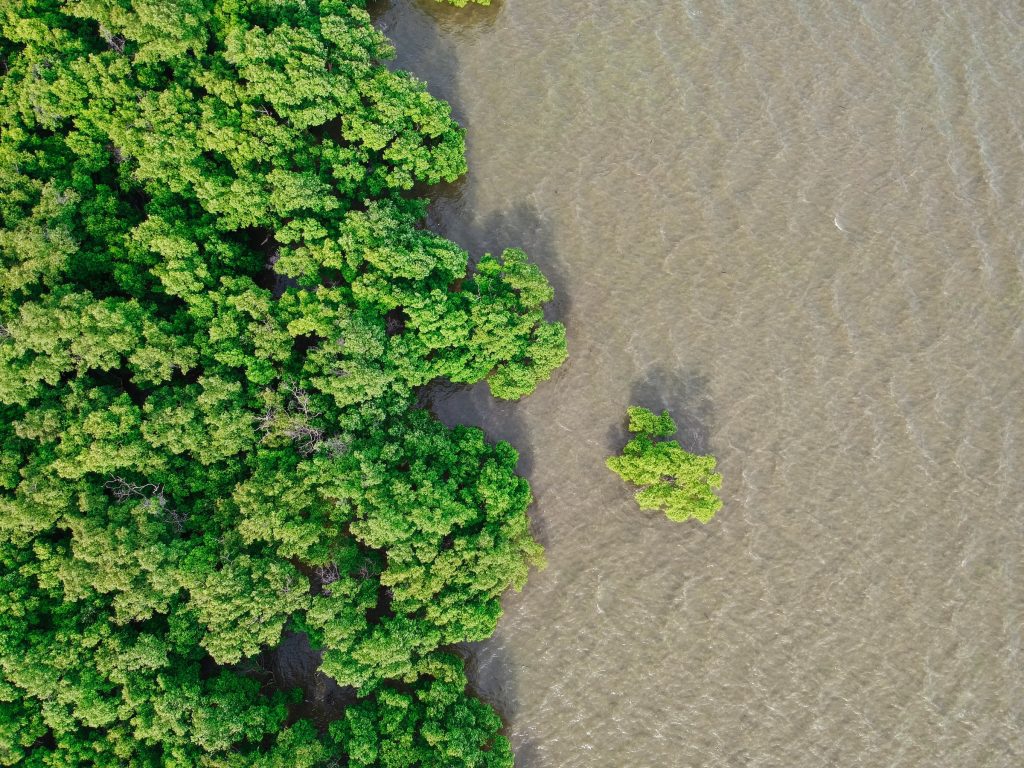The Environmental Importance Of Mangrove Forests
Mangrove forests, often overlooked and undervalued, are truly ecological powerhouses with a multitude of benefits for both the environment and local communities. These distinctive coastal ecosystems have a pivotal role in preserving the well-being of our planet. Here’s why mangrove forests are great for the Earth.

Carbon Sequestration: Mangroves are incredibly efficient at storing carbon. They capture and store carbon dioxide from the atmosphere in the trees and the surrounding soil, making them one of the most effective natural carbon sinks on the planet.
Erosion Control: Mangrove roots form a dense network that stabilizes coastal shorelines. They function as a natural defense against erosion resulting from storms and the ascent of sea levels. This protection is invaluable for coastal communities, preventing property damage and loss of life.
Biodiversity Hotspots: Mangroves are hubs of biodiversity, offering critical habitats for a diverse array of species. Many fish species rely on mangrove forests as breeding grounds and nurseries, which in turn supports local fisheries. Birds, crabs, and various other wildlife also call these forests home.
Water Filtration: The intricate root systems of mangroves filter and purify water. They trap pollutants and sediments, improving water quality and benefiting both aquatic ecosystems and humans who depend on these waters for fishing and recreation.

Sustainable Resource Management: Local communities often rely on mangrove ecosystems for their livelihoods. Sustainable harvesting of resources like wood and seafood is possible when mangroves are conserved and managed properly. This ensures long-term benefits for these communities without depleting the ecosystem.
Tourism and Recreation: Mangrove forests can also boost local economies through ecotourism. Visitors can explore these unique environments, fostering appreciation for nature and providing income opportunities for communities.
Climate Resilience: As climate change intensifies, mangrove forests become even more critical. Their capacity to adjust to increasing sea levels and safeguard coastal regions renders them a vital element of climate resilience tactics.
